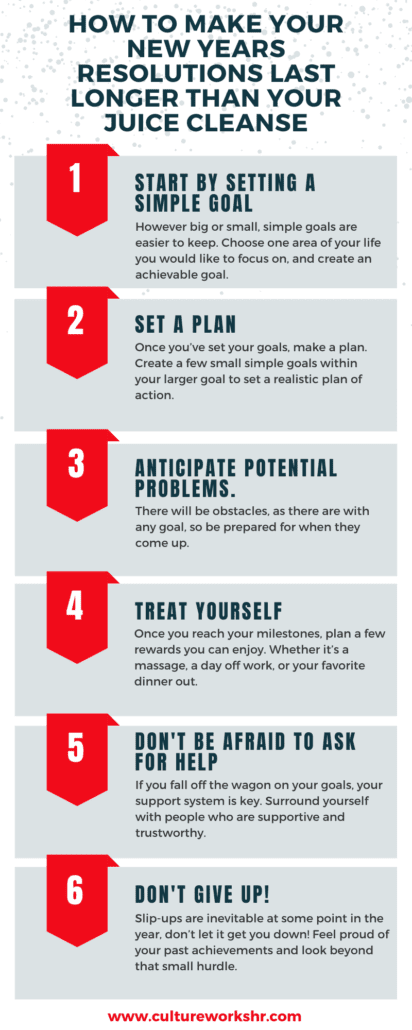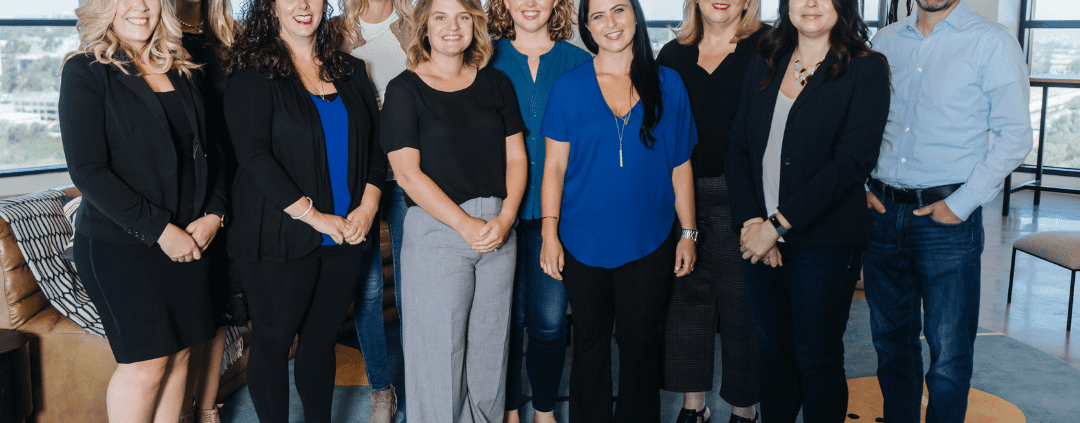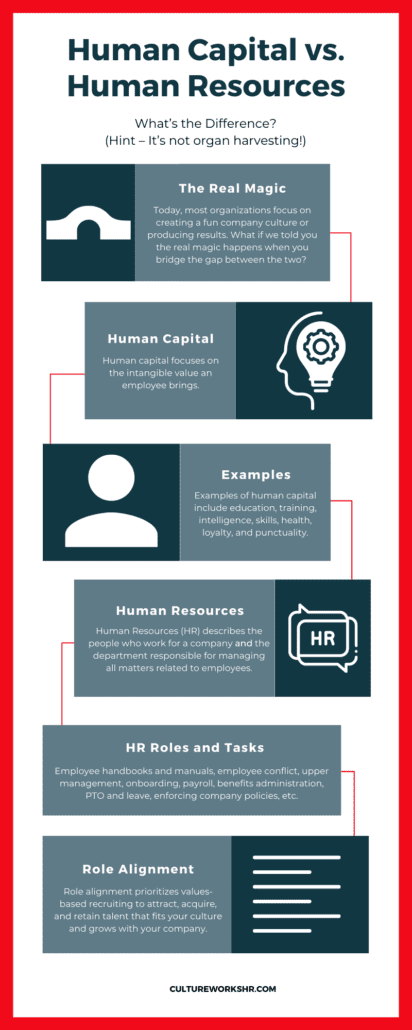How to Make Your New Year’s Resolutions Last
How to make your New Year’s Resolutions last longer than your 5-day juice cleanse.
The New Year has arrived! I think we all can take a massive sigh of relief as we head into 2021. Here’s hoping 2021 has better things in store for us!
With that being said, it’s time to reflect on the past year and create new resolutions for 2021. While surviving 2020 was an accomplishment in and of itself, it’s time to look forward to the upcoming year with optimism and start setting goals for the year ahead! How can you set a resolution that improves your life long-term?
Resolutions have a pretty notorious reputation for being made, and then quickly forgotten in 5 days. Which is where we come into play. Here are a few tips to help your resolutions last well beyond your 5-day juice cleanse.
Start by setting a simple goal.
However big or small, simple goals are easier to keep. Choose one area of your life you would like to focus on, and create an achievable goal. Make your goal clear and concrete. You need to know exactly what you’re planning to change and why.
Your goals may be simple, however they will also likely get you out of your comfort zone to create new healthy habits that improve your life for years to come! Try implementing the SMART goal formula to improve your goal setting. SMART stands for specific, measurable, attainable, relevant, and time-bound
Set a plan.
Once you’ve set your goals, make a plan. Create a few small simple goals within your larger goal to set a realistic plan of action. Once you’ve achieved one of those small goals, you being to build your confidence, which motivates you to achieve more.
Ensure you are set up for success before you begin your new plan. If your resolution is to eat healthier, be sure your pantry and fridge are free from unhealthy food. If your resolution is to run a marathon, be sure you have the proper shoes and attire.
Anticipate potential problems.
There will be obstacles, as there are with any goal, so be prepared for when they come up. When you make a list of the potential problems, you will be better equipped to handle them as they arise. Once you’ve created the list, think up a few ways you can solve them!
Treat yourself
Don’t forget to reward yourself. Once you reach your milestones, plan a few rewards you can enjoy. Whether it’s a massage, a day off work, or your favorite dinner out. Choose rewards that align with your goals.
Don’t be afraid to ask for help.
If, for whatever reason, you fall off the wagon on your goals, your support system is key. Surround yourself with people who are trustworthy and supportive, and explain your goals so they can be there for you. Inform them of ways they can help when things get challenging.
Don’t give up!
Slip-ups are inevitable at some point in the year, don’t let it get you down! Feel proud of your past achievements and look beyond that small hurdle. Those with higher self-esteem and confidence are positioned better to succeed. Forgive yourself for any steps backward, and continue to push toward your goals.
Implementing a few of these tips into your resolution-making this year will ensure your 2021 is full of self-improvement! Our team at Culture Works would like to wish you a happy and safe New Year!







